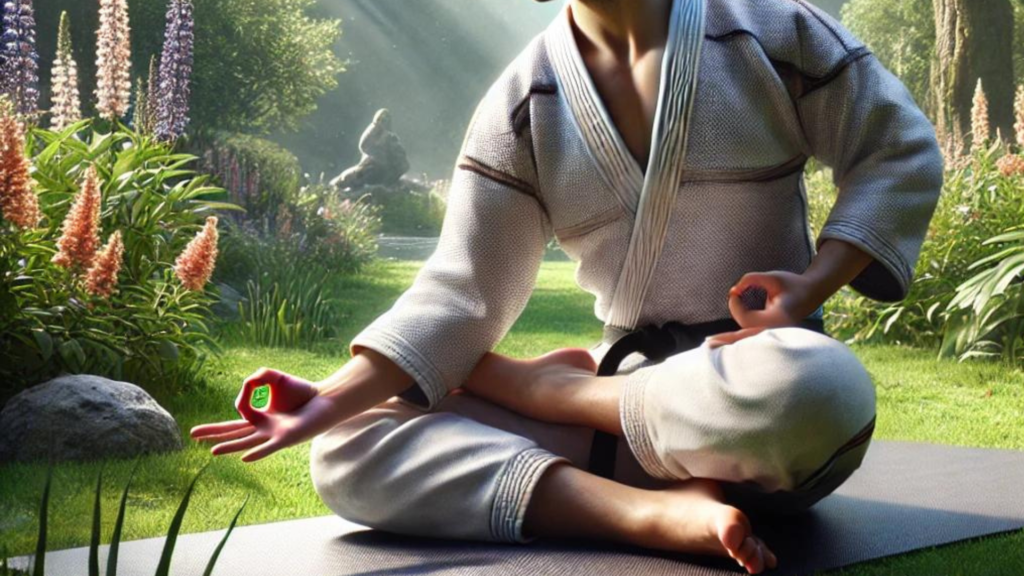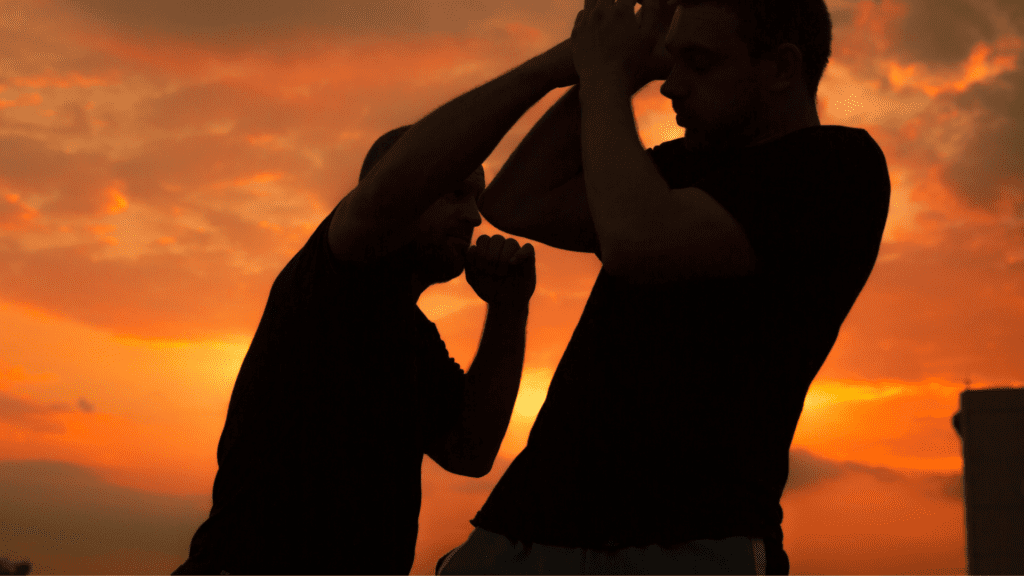Table of Contents
Introduction
Yoga and martial arts might seem like two distinct practices, but combining them can lead to remarkable benefits. Integrating yoga into your martial arts routine enhances flexibility, balance, mental focus, and overall performance. In this guide, we’ll explore the benefits of yoga for martial artists and provide tips on incorporating effective yoga poses into your training regimen.
The Benefits of Yoga for Martial Arts
Enhanced Flexibility
Flexibility is crucial for executing high kicks, evasive maneuvers, and ground techniques. Yoga stretches and lengthens muscles, improving your range of motion and reducing the risk of injuries.
Improved Balance and Coordination
Many yoga poses require balance and coordination, skills that directly translate to martial arts. Improved balance helps with stability in stances and fluidity in movements.
Increased Strength
Yoga builds core strength and stability, essential for powerful strikes and maintaining control during grappling. Poses like plank and warrior variations engage multiple muscle groups, enhancing overall strength.
Mental Focus and Clarity
Yoga emphasizes mindfulness and breath control, which are vital for maintaining focus during training and competition. Practicing yoga can help calm the mind, reduce stress, and improve mental clarity.
Faster Recovery
Yoga promotes blood flow and reduces muscle tension, aiding in quicker recovery post-training. Gentle stretches and restorative poses can help alleviate soreness and prevent stiffness.
Effective Yoga Poses for Martial Arts
Downward-Facing Dog (Adho Mukha Svanasana)
Benefits: Stretches the hamstrings, calves, and shoulders while strengthening the arms and core.
How to Do: Start on your hands and knees, lift your hips towards the ceiling, and straighten your legs. Press your heels towards the floor and hold for 30 seconds to 1 minute.
Warrior II (Virabhadrasana II)
Benefits: Strengthens the legs, opens the hips, and improves balance.
How to Do: Stand with your legs wide apart, turn your right foot out, and bend your right knee to a 90-degree angle. Extend your arms parallel to the ground and gaze over your right hand. Hold for 30 seconds to 1 minute, then switch sides.
Plank Pose (Phalakasana)
Benefits: Builds core strength and stability, essential for martial arts.
How to Do: Start in a push-up position, keeping your body in a straight line from head to heels. Engage your core and hold for 30 seconds to 1 minute.
Pigeon Pose (Eka Pada Rajakapotasana)
Benefits: Opens the hips and stretches the glutes and hip flexors, crucial for high kicks and lower body movements.
How to Do: From a downward-facing dog position, bring your right knee forward and place it behind your right wrist. Extend your left leg back and lower your hips towards the floor. Hold for 1-2 minutes, then switch sides.
Tree Pose (Vrksasana)
Benefits: Enhances balance and focus, vital for stability in martial arts.
How to Do: Stand on one leg, place the sole of your other foot on your inner thigh or calf (avoid the knee). Bring your hands together in front of your chest and hold for 30 seconds to 1 minute, then switch sides.
Incorporating Yoga into Your Martial Arts Routine
Start with a Warm-Up
Begin your martial arts training with a short yoga session to warm up your muscles and increase blood flow. This can help prevent injuries and improve flexibility.
Use Yoga as a Cool-Down
End your training sessions with yoga to stretch out tight muscles and promote relaxation. This can aid in recovery and reduce muscle soreness.
Schedule Regular Yoga Sessions
Dedicate specific days or times each week to practice yoga. Even a short 20-30 minute session can provide significant benefits when done consistently.
Focus on Breath Control
Integrate yogic breathing techniques (pranayama) into your martial arts practice. Controlled breathing can enhance endurance, focus, and stress management.
Listen to Your Body
Yoga should complement your martial arts training, not strain it. Choose poses and routines that suit your current fitness level and training intensity.
Conclusion
Incorporating yoga into your martial arts routine offers numerous benefits, from enhanced flexibility and strength to improved mental focus and quicker recovery. By integrating these practices, you can achieve a more balanced, effective, and mindful approach to your training.
Ready to enhance your martial arts training with yoga?
Start incorporating these yoga poses into your routine and experience the benefits firsthand. Share your favorite yoga poses and integration tips in the comments below!
External Links:



